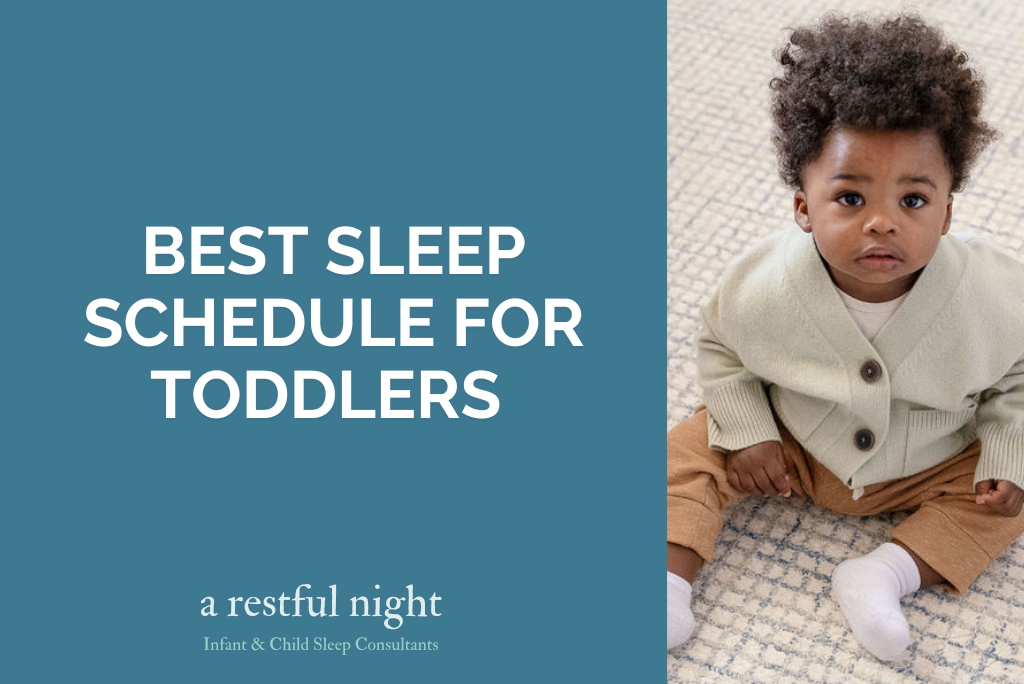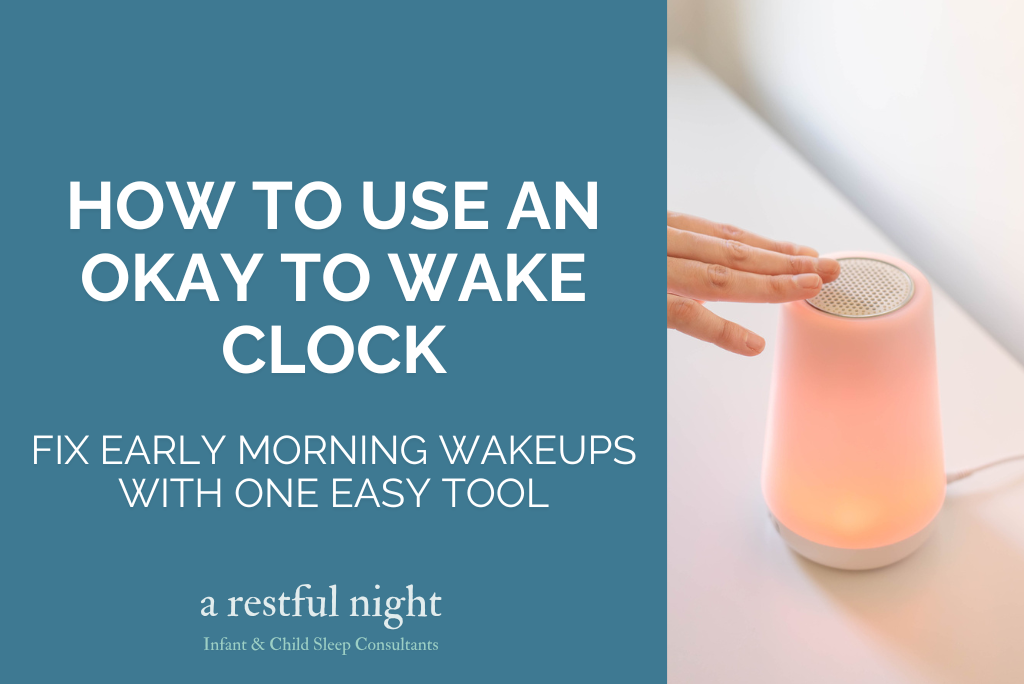Daylight Saving Time: Your Complete Guide to Preparing for Fall Back
Remember when “Fall Back” meant an extra hour of sleep?
For parents, the end of Daylight Saving Time often means something else entirely: a wide-eyed toddler bouncing out of bed at 5AM.
The first Sunday of November (this year, November 2, 2025) clocks will turn back an hour, changing from 2AM back to 1AM. This seemingly simple time change can disrupt carefully established sleep routines and leave families feeling jet-lagged without leaving their homes.
With the right preparation, you can help your family transition smoothly and avoid weeks of sleep struggles. This guide focuses on practical, actionable strategies that busy parents can actually implement to make fall back as painless as possible.
What to Expect When We Fall Back
When daylight saving time ends, clocks "fall back" one hour at 2:00 AM. While adults might appreciate the extra hour, children's internal clocks don't get the memo. Your child who typically wakes at 7:00 AM may suddenly be up at 6:00 AM according to the new time, and no amount of explaining will convince their body it's not time to get up.
Common challenges you might face:
Early morning wake-ups (often 1 hour earlier than desired)
Resistance to new bedtime routines
Cranky, overtired children during the day
Disrupted nap schedules
General household chaos for 3-7 days
The adjustment period typically lasts anywhere from a few days to two weeks, but with proper preparation, you can significantly reduce the disruption to your family's routine.
Understanding what to expect helps you prepare mentally and practically for the transition ahead.
The Simple 4-Day Preparation Plan
The most effective way to prepare for fall back is to gradually shift your child's schedule in the days leading up to the time change. This allows their internal clock to adjust slowly rather than experiencing a sudden shock.
Here's your easy-to-follow Daylight Saving plan:
4 Days Before: Move everything 15 minutes later
Bedtime: 7:00 PM → 7:15 PM
Wake-up: 7:00 AM → 7:15 AM
Meals and naps: All 15 minutes later
3 Days Before: Push by another 15 minutes
Bedtime: 7:00 PM → 7:30 PM
Wake Up: 7:00AM → 7:30 AM
Continue adjusting all other times
2 Days Before: Push by another 15 minutes
Bedtime: 7:00 PM → 7:45 PM
Wake Up: 7:00AM → 7:45 AM
Keep adjusting meals and naps
1 Day Before: Push by a final 15 minutes
Bedtime: 7:00 PM → 8:00 PM
Wake Up: 7:00AM → 8:00 AM
All schedules now match post-change times
Time Change Day: Resume your normal schedule times
Your child is already adjusted to the new time!
This gradual approach feels much less disruptive to children and helps maintain the structure they depend on for security. Don’t stress if you didn’t map the above out perfectly, you can easily course correct after the time change!
Once you have your schedule adjustment plan in place, optimizing your child's sleep environment becomes the next crucial step.
Creating the Right Sleep Environment
Light Management Made Simple
Light is your secret weapon for helping your child's body clock adjust. The goal is to gradually shift their exposure to match the new schedule.
During preparation week:
Use blackout curtains or shades to maintain later wake times
Expose your child to natural light at their new desired wake-up time
Dim household lights earlier in the evening to support later bedtimes
Consider an okay-to-wake light or sunrise alarm clock for older children
After the time change:
Use room-darkening solutions to prevent too-early wake-ups
Maintain consistent lighting routines and sleep cues to reinforce the new schedule
Simple adjustments to your child's physical environment can make the transition much smoother and support better sleep quality throughout the adjustment period.
Room Setup for Success
Small changes to your child's sleep space can have a big impact on how well they adjust to the new schedule.
Essential room adjustments:
Check that white noise machines are at appropriate levels
Adjust room temperature for cooler fall weather (65-68°F is ideal)
Opt for an “Okay-to-Wake” Clock that signals morning instead of showing the exact time
Make sure comfort objects and favorite stuffed animals are easily accessible
Creating a calm, consistent environment helps children feel secure while their schedule adjusts, making the entire process less stressful for everyone.
Quick Solutions for Common Problems
Even the best-laid plans sometimes go awry. Here are rapid-fire solutions for the most frequent issues parents encounter.
Problem: Child won't go to sleep at new bedtime
Move bedtime back in smaller increments (10 minutes instead of 15)
Cut nap back temporarily by 15 minutes until you are through the time change
Make sure you aren’t letting your little one “sleep in”, which can throw off bedtime
Tighten up sleep cues to help their body know it’s time to wind down
Ensure the room is dark and cool enough
Problem: Early wake-ups despite preparation
Ensure your child has sleep skill (meaning they can fall asleep independently at bedtime)
For toddlers, stick to your boundaries, don't start the day early, prompt them back to bed until their Okay-to-Wake Clock turns green.
For infants, aim to start your day no earlier than 6:00am and delay the first feed as close to 7:00am as possible
Delay breakfast and avoid screen time during early morning wake ups
Consider if room is too bright or noisy in the morning
Ensure you aren’t overnapping your child or moving the nap up to early in the day due to the early morning wake up (need help figuring out age appropriate nap schedules, we’ve got you covered HERE)
Problem: One child adjusts fine, another struggles
Customize your approach for each child's needs
Don't abandon strategies that work for one child
Consider temporary room separations if sleep disruption affects siblings
Focus on the struggling child while maintaining routines for others
Most problems resolve within a week with consistent approaches and realistic expectations.
Final Thoughts
A little preparation goes a long way!
With these practical strategies and realistic expectations, your family can successfully navigate the fall back transition and even enjoy the cozy rhythm that comes with the changing season. The extra hour becomes a gift rather than a challenge when you're prepared for it!
We think you’re going to nail this transition, but if you don’t, reach out for a complimentary consultation call and my team and I will help you get back on track!
Meg O'Leary is an Infant and Child Sleep Expert and the founder of A Restful Night. Based in Westchester County, NY, she leads a team of certified sleep coaches to provide virtual support to families across the US and around the world.




